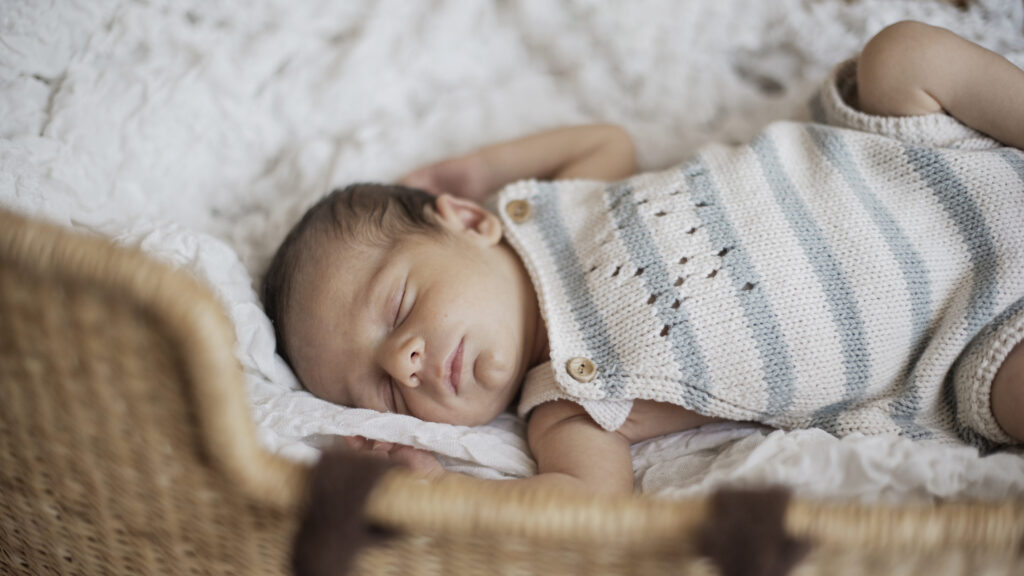What Your Baby Might Be Telling You Without Words
Pacifiers are often talked about as good or bad, helpful or harmful, something parents should either use or avoid. But there is another layer that few people discuss. Pacifier use is not just a habit. It can be a window into your baby’s nervous system and how their body is processing the world.
The Nervous System Connection
Non nutritive sucking activates the parasympathetic nervous system. Research from Sleep Medicine and Child Development in 2025 shows that sucking lowers heart rate, stabilizes breathing, and reduces cortisol. It is one of the first ways a newborn organizes their internal world and moves from stress into calm.
Pacifier Use Can Reveal Sensory Needs
Studies on infant sensory processing show that babies have different oral sensory thresholds. Some need strong input to feel grounded and calm. Others become overstimulated by too much oral sensation. This is why pacifier patterns can act as gentle clues:
- Rapid sucking may reflect a need for deeper rhythmic input.
- Spitting out the pacifier can be a sign of sensory overload.
- Constant dropping during light sleep may signal sensitivity during transitions.
- Using the pacifier only before sleep may reflect a need for momentary regulation.

Pacifier Patterns During Sleep Cycles
Babies shift into lighter sleep every 40 to 50 minutes. During these moments, they stir, wiggle, and may look for soothing. Studies on infant sleep architecture show that pacifier seeking during these cycles may reflect their level of regulation, not a habit you created by accident.
- A baby who self replaces the pacifier is showing emerging self regulation skills.
- A baby who wakes fully when it falls out may benefit from additional soothing strategies.
- A baby who stops needing it around 5 months may be gaining new regulatory abilities.
Pacifier Rejection Can Be a Milestone
As babies develop, especially between three and six months, their sensory and motor skills mature. They may shift from oral soothing to tactile soothing. This can show up as:
- rubbing their face
- sucking fingers
- stroking the mattress
- curling into a comfortable position
Sometimes pacifier refusal does not mean something is wrong. It may mean your baby is growing into new self soothing skills.
Why This Perspective Matters
When parents understand the meaning behind their baby’s soothing patterns, fear dissolves. You are not creating bad habits. You are witnessing your baby communicate in the only way they can right now. Pacifiers are not just tools. They are part of a larger picture of development, regulation, and connection.
About Mariana Yancik

I am Mariana Yancik, a Certified Pediatric Sleep Consultant, Newborn Care Specialist and Postpartum Doula with more than a decade of experience guiding families toward calm, connection, and confident rest. I am also a mother, which means I understand the emotions and uncertainty that come with supporting a baby through sleep. My mission is to help parents feel supported and empowered, one gentle step at a time.
This is your chance to receive personalized guidance crafted specifically for your baby’s unique sleep needs. You do not have to navigate this alone.
Sleep Medicine and Child Development, 2025
Infant Sensory Processing Review, 2024
Journal of Infant Development and Neuroregulation, 2024



